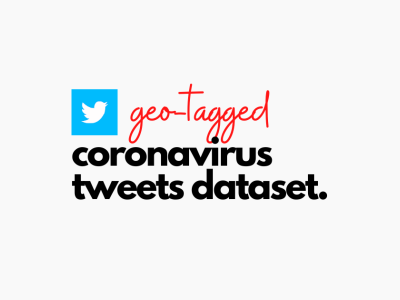US-WGAN

- Citation Author(s):
-
Hongyu Sun (Tsinghua University)
- Submitted by:
- Hongyu Sun
- Last updated:
- DOI:
- 10.21227/g99z-8645
 265 views
265 views
- Categories:
Abstract
In this network, a network US-WGAN, which can generate ultrasonic guided wave signals, is proposed to solve the problem of lack of data sets for ultrasonic nondestructive testing based on deep neural networks. This network was trained on the pre-enhanced data set and US-WGAN-enhanced data set with 3000 epochs, and the ultrasound signals generated by US-WGAN are proved to be of high quality (peak signal to noise ratio score of 30 – 50 dB) and belong to the same distribution population as the original data set.
The discriminator network first receives the samples of the real signals and the fake signals generated by the generator, then these data pass through two fully connected layers and one Leaky ReLU activation layer for dimensionality reduction. Next, sigmoid cross entropy functions are used to calculate the training loss of each signal, and for the purpose of judging fake signals as fake and real signals as real, the discriminator network is finally updated. It should be noted that in order to improve the stability of network training, gradient penalty terms (in Eq. (3)) are added to update the network gradient parameters.
The input of the generator network is a randomly initialized tensor with z rows and 100 columns. This tensor passes through two fully connected layers and one Leaky ReLU activation layer to generate ultrasonic detection signals with 8000 sampling points in each signal. In order to make the generated signal have the same range as the original data, the sigmoid activation function is used as the previous layer of the generator output. The generated fake signals are fed into the discriminator and the generator network parameters will be updated with the purpose of judging the discriminator’s output as real (using sigmoid cross entropy loss functions). In this way, by constantly updating the network parameters of the discriminator and the generator, the quality of the generated signals will continue to improve in the network game.
Paper title: An ultrasonic guided wave signal generation network suitable for data enhancement in deep learning: US-WGAN Author: Hongyu Sun Email: sunhy18@mails.tsinghua.edu.cn
If you use our code and database set, please cite our paper [however, not published].
NOTICE: Reviewers can obtain the data set password from the end of the paper's Abstract to run the code.
Development environment: TensorFlow 2.2 CUDA 10.1 Python 3.7
Instructions:
In this network, a network US-WGAN, which can generate ultrasonic guided wave signals, is proposed to solve the problem of lack of data sets for ultrasonic nondestructive testing based on deep neural networks. This network was trained on the pre-enhanced data set and US-WGAN-enhanced data set with 3000 epochs, and the ultrasound signals generated by US-WGAN are proved to be of high quality (peak signal to noise ratio score of 30 – 50 dB) and belong to the same distribution population as the original data set.
The discriminator network first receives the samples of the real signals and the fake signals generated by the generator, then these data pass through two fully connected layers and one Leaky ReLU activation layer for dimensionality reduction. Next, sigmoid cross entropy functions are used to calculate the training loss of each signal, and for the purpose of judging fake signals as fake and real signals as real, the discriminator network is finally updated. It should be noted that in order to improve the stability of network training, gradient penalty terms (in Eq. (3)) are added to update the network gradient parameters.
The input of the generator network is a randomly initialized tensor with z rows and 100 columns. This tensor passes through two fully connected layers and one Leaky ReLU activation layer to generate ultrasonic detection signals with 8000 sampling points in each signal. In order to make the generated signal have the same range as the original data, the sigmoid activation function is used as the previous layer of the generator output. The generated fake signals are fed into the discriminator and the generator network parameters will be updated with the purpose of judging the discriminator’s output as real (using sigmoid cross entropy loss functions). In this way, by constantly updating the network parameters of the discriminator and the generator, the quality of the generated signals will continue to improve in the network game.
Paper title: An ultrasonic guided wave signal generation network suitable for data enhancement in deep learning: US-WGAN Author: Hongyu Sun Email: sunhy18@mails.tsinghua.edu.cn
If you use our code and database set, please cite our paper [however, not published].
NOTICE: Reviewers can obtain the data set password from the end of the paper's Abstract to run the code.
Development environment: TensorFlow 2.2 CUDA 10.1 Python 3.7







